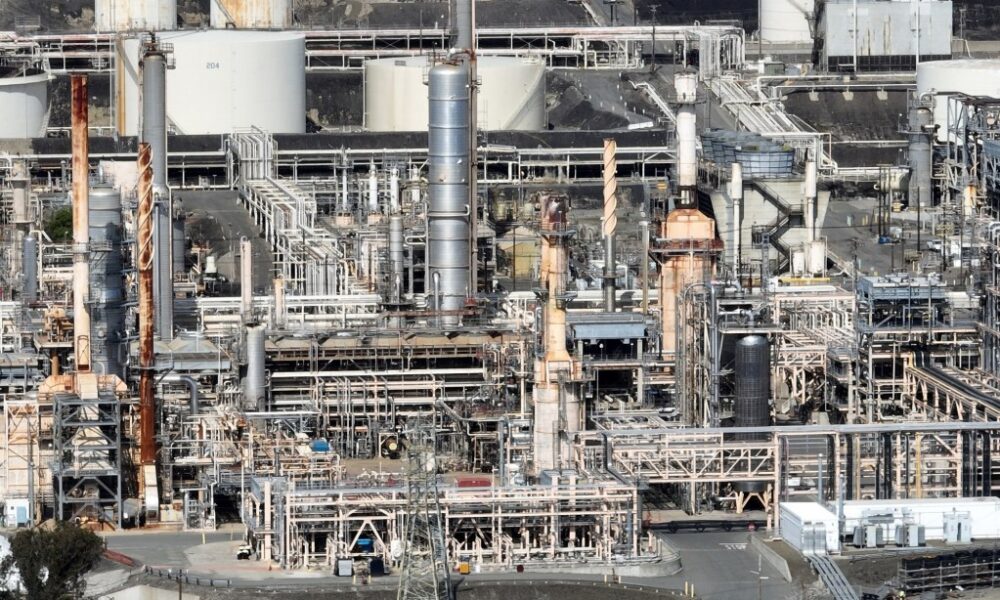China has unveiled an innovative approach to address the dual challenges of data center cooling and water scarcity by constructing an underwater data center in the Lin-gang Special Area of Shanghai. This project, with an estimated cost of $226 million, aims to harness the ocean for cooling purposes while also utilizing wind energy for power.
The facility is designed to have a total power capacity of 24 megawatts, comparable to traditional data centers that predate the current surge in artificial intelligence applications. According to a report by McKinsey, data centers that previously averaged tens of megawatts are now expected to operate at the gigawatt scale in the near future. In this context, the Shanghai project represents a forward-thinking solution that could alleviate the strain on local water resources.
95 percent of the energy for this underwater facility is sourced from offshore wind turbines, indicating a shift towards greener energy solutions. This setup proposes a sustainable model by eliminating the need for freshwater cooling, a significant benefit in regions facing water shortages.
Concerns and Comparisons with U.S. Projects
While the concept of submerged data centers is promising, it raises environmental concerns. Reports suggest that the heat generated by high-performance graphics processing units (GPUs) could potentially warm the surrounding ocean, contradicting climate initiatives aimed at reducing ocean temperatures. A similar initiative in the United States by the startup NetworkOcean faced scrutiny for its environmental implications, including the risk of triggering harmful algae blooms and impacting local wildlife.
In their coverage, Wired highlighted that even minimal temperature increases in water bodies could have detrimental effects. Scientists emphasized that such changes could foster harmful algae and attract invasive species, creating a ripple effect on marine ecosystems. The regulatory challenges encountered by NetworkOcean serve as a reminder of the complexities involved in implementing disruptive technologies in sensitive environments.
In contrast, the Chinese project appears to have complied with local regulations, receiving assessment approval from the China Academy of Information and Communications Technology. This compliance has positioned China as a leader in reducing the energy footprint of data centers. Current global standards indicate that the average power usage effectiveness (PUE) for data centers is around 1.56. China’s goal is to lower this figure to 1.5 by the end of 2025.
The Future of Data Centers
The contrasting regulatory landscapes between the United States and China highlight differing approaches to technological innovation. As the demand for data processing grows, innovative designs like submerged data centers could play a crucial role in achieving environmental sustainability.
With many data centers planned for construction globally, the success of this underwater initiative could influence future designs and regulatory frameworks. If proven effective, submerging data centers may not only conserve water but also offer a viable path to achieving ambitious environmental goals. As this project progresses, stakeholders will closely monitor its impact, hoping it sets a precedent for sustainable data infrastructure worldwide.







